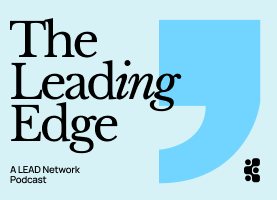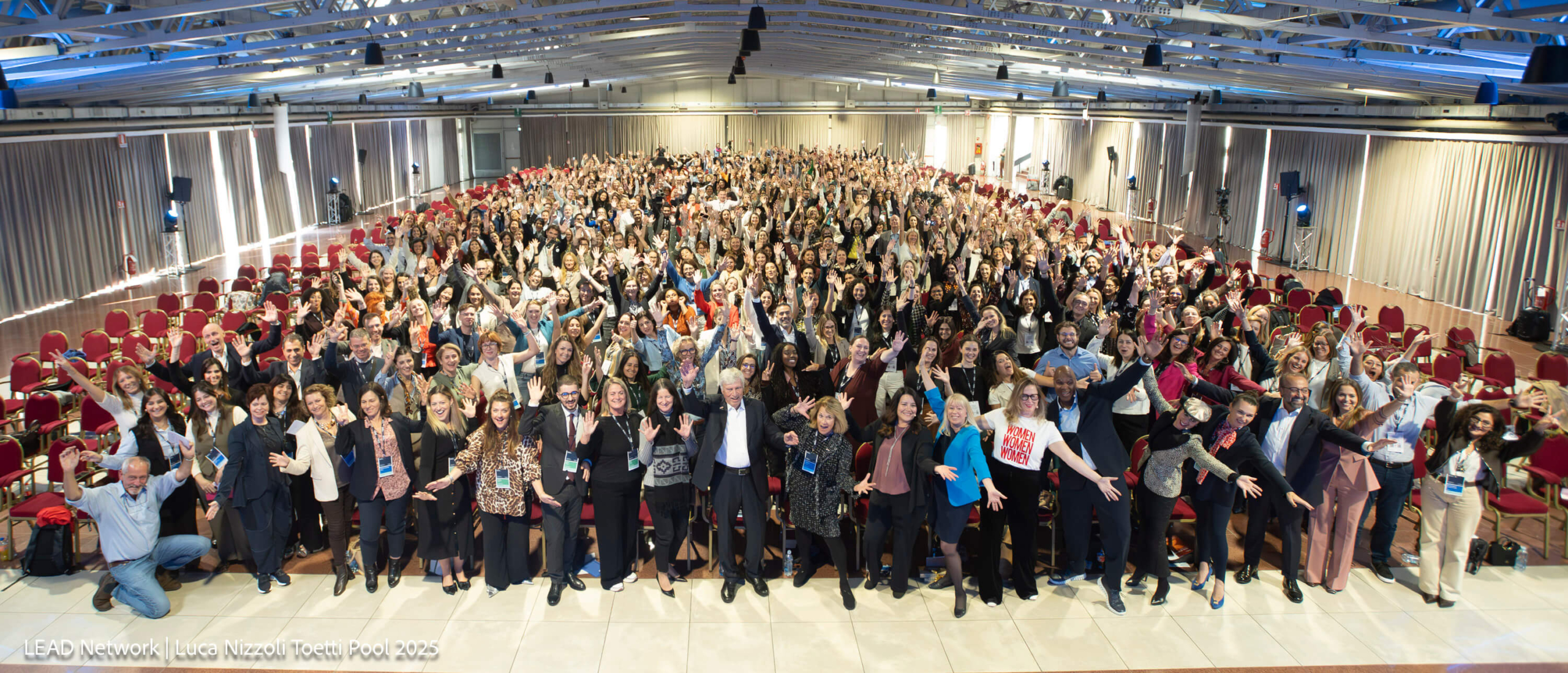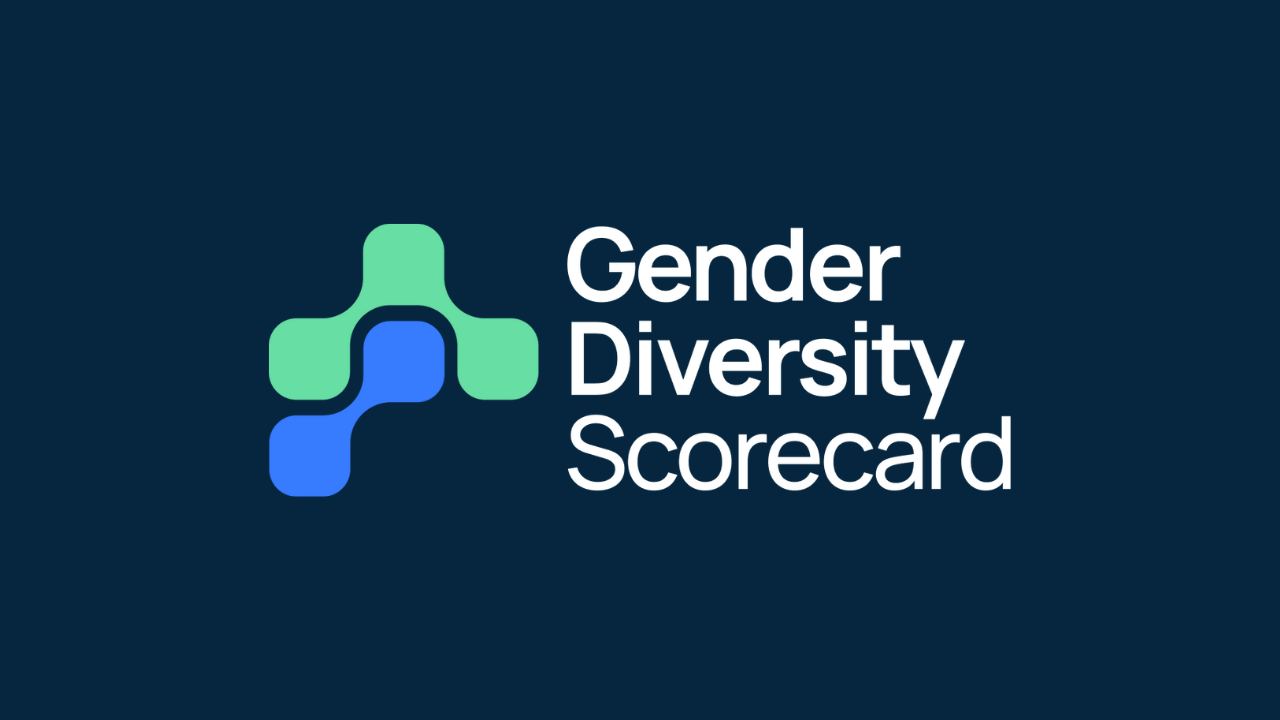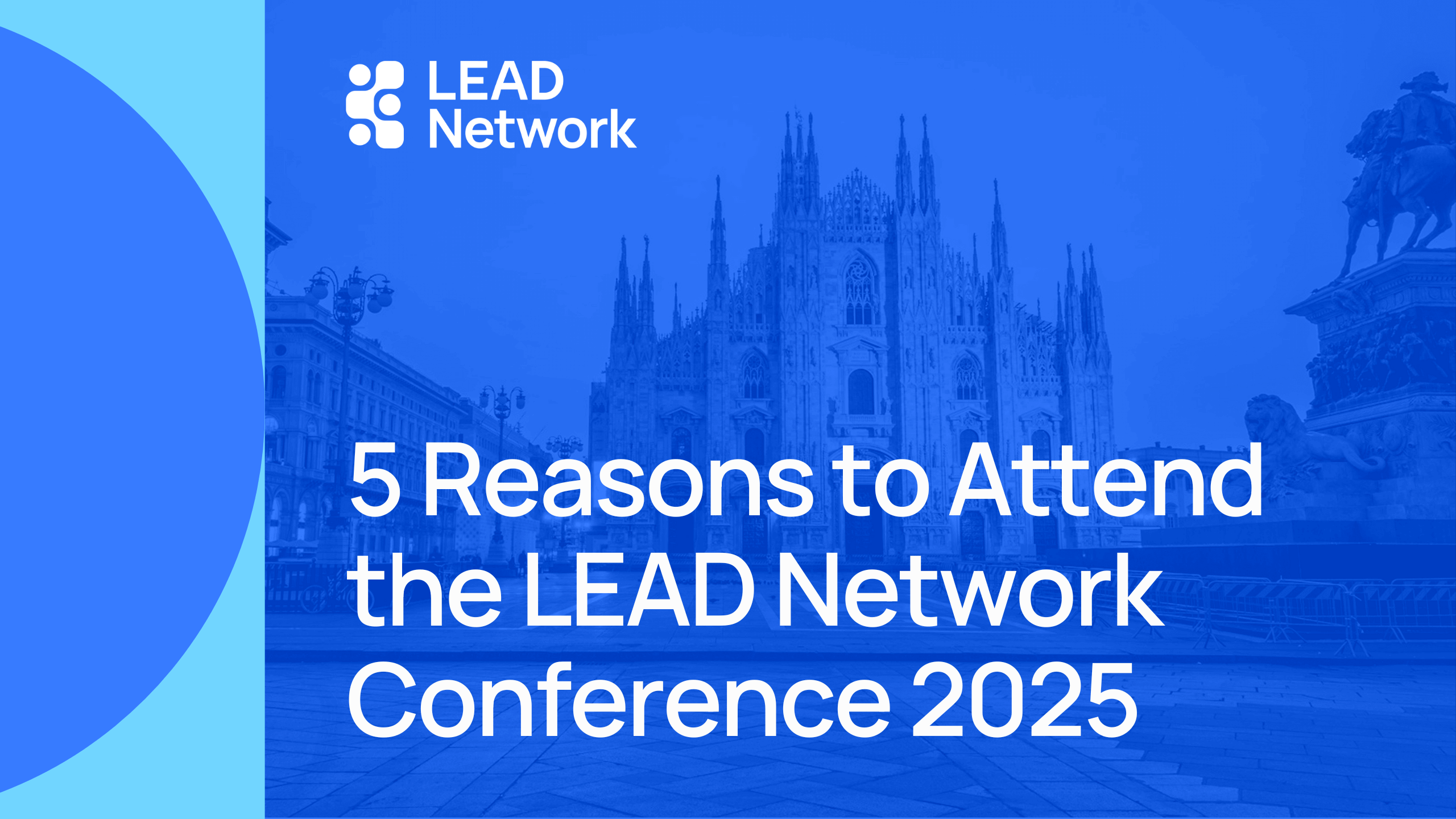Inclusion; the pay-off of being all in
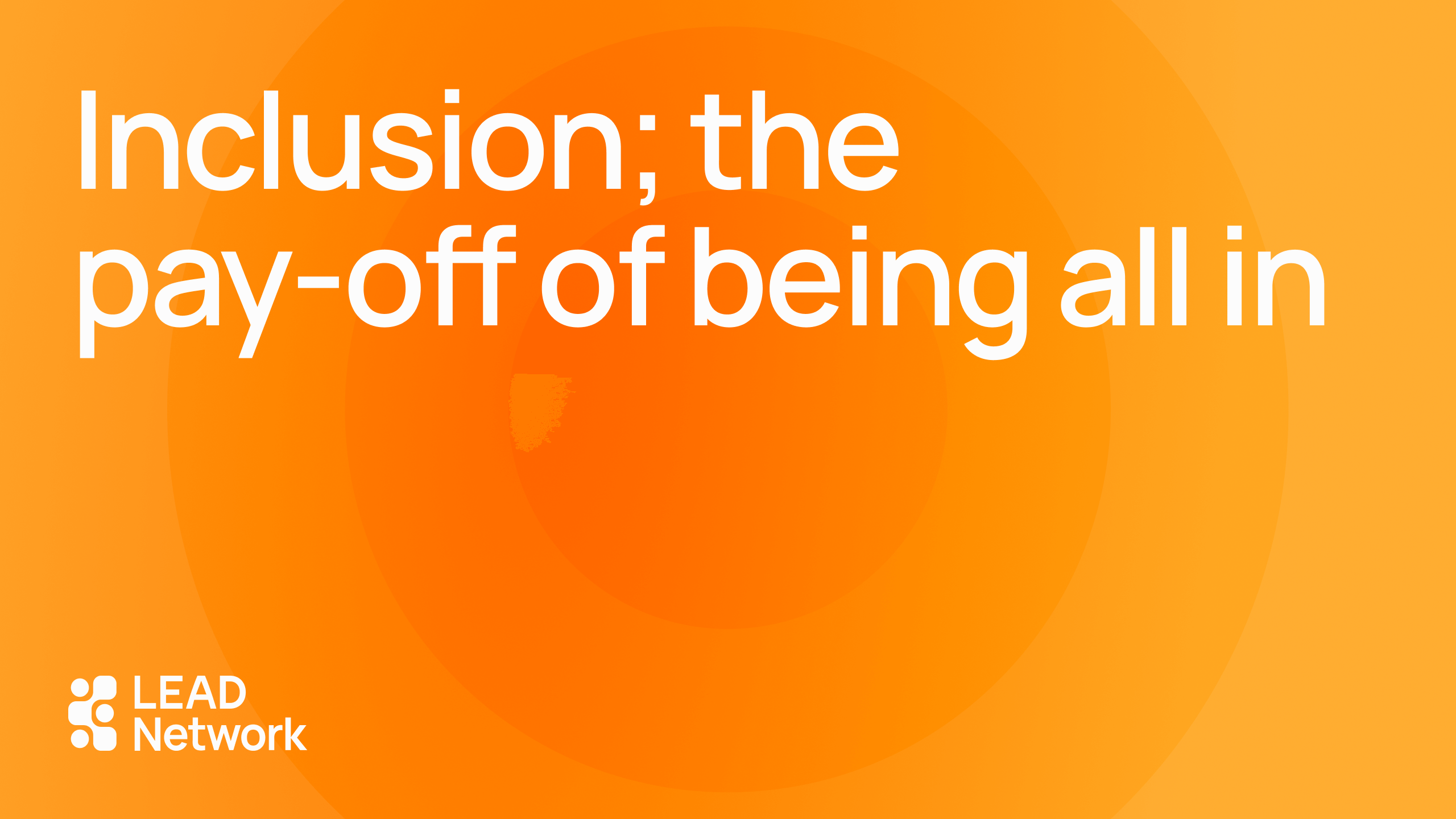
Staying the course; why inclusion still matters to business
In the face of the current political turbulence, most business leaders we speak to remain quietly steadfast in their belief that diversity and inclusion are simply good for business. Despite the challenges of a polarised political landscape and a lot of noise, our Partner organisations are not dialling back. Some may be quieter, some may be evolving their positioning, but they are not stopping the work. Why? Because fairer and more inclusive workplaces create better outcomes for all. By bringing everyone to the table and leveraging the full spectrum of talent available, businesses are better equipped to solve challenges that meet the needs of their employees, customer base, supply chain and broader communities. Those who can avoid being blown off course by headwinds to focus on what truly matters, will reap the rewards.
Going ‘All In’; the financial pay-off
Advancing inclusion not only makes the world of work better, but also impacts the bottom line. Research shows (Carr, E. et al, 2020) that employees who feel a strong sense of belonging, compared to those with a low sense of belonging, demonstrate:
- a 50% reduction in turnover risk
- a 56% increase in performance
- a 75% decrease in employee sick days
The same study posits that aligning leaders’ perceptions with those of their employees would result in an increase in global profits of US$3.7 trillion ($850b in Europe alone). And furthermore, act as a powerful lever for increasing the annual retention of women by 5%, saving a company who employ 50,000 employees (half of whom are women) $8 million per year.
It’s therefore in the interest of organisations to embrace an ‘All In’ mindset’ and focus on intentionally cultivating environments where the full spectrum of talent is visible, heard, valued and enabled to contribute their potential.
The absence of an ‘All In’ culture; what’s at stake?
All dimensions of diversity have an important role to play in personal identity, approaches to inclusion and business success. Here at LEAD Network, we take a sharp focus on gender, collaborating with our Partners to ensure that all women in our industry have an equitable chance to succeed. And with women estimated to own 75% of discretionary spend by 2028 (Nielsen, 2020), it makes commercial sense for the world’s greatest influencers to have at least an equal stake in boardroom decision-making, right? Theoretically, yes.
Despite ongoing efforts in corporate DEI and the research pointing to positive business results, we still see still only 37% of executive roles across the European CPG and retail industry are held by women (LEAD Network, 2023). So, there’s still ways to go for the sector, in ensuring that everyone is treated fairly and enabled to thrive.
And if businesses don’t rise to this challenge? Overlooking and excluding legitimate talent (and potential) comes with a cost. Experiments show that a single incidence of a micro-exclusion can lead to an immediate 25% decline in an individual’s performance on a team project (Carr, E. et al, 2020). And there’s only so long a climate of exclusion be tolerated before something has to give. A recent global study on employee retention (Hastwell, 2024) puts the true cost of employee turnover for a business that employs at least 1,000 staff, at $178,600 USD per year. Further compounding the issue for the European CPG and Retail industry specifically, is the prospect of a future talent shortage – given that only 28% of NextGens indicate an interest in staying within, or joining, our industry (LEAD Network, 2024).
So, the truth is, there’s a lot at stake. And yet, there is no shortage of talent or potential; we’re just not harnessing what’s right under our noses.
Let’s talk about the leader-employee perception gap.
Findings from a recent global study (Sweet & Shook, 2020) showed that 68% of leaders felt they were creating empowering environments where people have a sense of belonging. Yet only a third (36%) of employees agreed. The same study revealed that 20% of employees admitted to feeling excluded in their organisations, with only 2% of leaders believing that to be the case. So, when we consider that leaders account for a difference of up to 70 percentage points in employees’ experience of belonging (Zheng et al, 2023), the shadow that leaders individually cast cannot be under-estimated. This is the result of trying, not doing.
Doing not trying: how leaders can cultivate an ‘All In’ environment
The first step? Accept and lean into the challenge at hand. Start by asking yourself what you think you know vs what you actually know about the lived experience of employees on your team, and in your organisation.
As the saying goes ‘what got us here won’t get us there’. Navigating the challenges of our rapidly-changing and turbulent world requires a different set of leadership skills. None of us are the perfect package; we all have room to keep growing. So owning and investing in your own leadership development is key to closing the doing-not-trying gap, and better serving your diverse community of customers, employees and shareholders. Simply put, active inclusion will be fundamental to delivering and sustaining organisational value.
As we head into 2025, the LEAD Network is here to support our Partner organisations across the CPG and Retail industry with exclusive access to tools, networking opportunities, and C-suite development offerings. For example, our ‘All In Pilot Programme’ is a groundbreaking new initiative aimed at senior leaders and kicks off in June. Corporate members who are ready to go all in can register interest here. Or for exclusive access to on-demand practical resources, check out our DEI Content Library.
References
Carr, E., Cooney, G., Gray, C., Greenberg, S., Kellerman, G., Reece, A., & Robichaux, A. (2020). The Value of Belonging at Work: New Frontiers for Inclusion. BetterUp. https://grow.betterup.com/resources/the-value-of-belonging-at-work-the-business-case-for-investing-in-workplace-inclusion
Hastwell, C.(2024). Unlocking the Secrets of Employee Retention. Great Place to Work Institute. https://www.greatplacetowork.com.ng/images/reports/Mastering-Employee-Retention.pdf
LEAD Network. (2023). DE&I Benchmark Report. https://leadnetworkmembers.net/topics/40611/media_center/file/4218ea6e-9057-4455-b456-d1598f30c1ed
LEAD Network. (2024). At the Intersection of Generation & Gender: Insights Toward Building a NextGen Fit Industry. https://leadnetworkmembers.net/topics/40611/media_center/file/1895c6a8-7e0a-46de-bc88-9aede1ccd09c
Nielsen. (2020). Wise Up to Women. https://www.nielsen.com/insights/2020/wise-up-to-women/
Sweet, J., & Shook, E. (2020). Getting to Equal 2020: The Hidden Value of Culture Makers. Accenture. https://www.accenture.com/content/dam/accenture/final/a-com-migration/thought-leadership-assets/accenture-getting-to-equal-2020-research-report.pdf#zoom=40
Zheng, W., Kim, J., Kark, R., & Mascolo, L. (27 September 2023). What Makes an Inclusive Leader?. Harvard Business Review. https://hbr.org/2023/09/what-makes-an-inclusive-leader%C2%A0
Share this article
More articles
October 21, 2025
October 9, 2025
August 15, 2025
